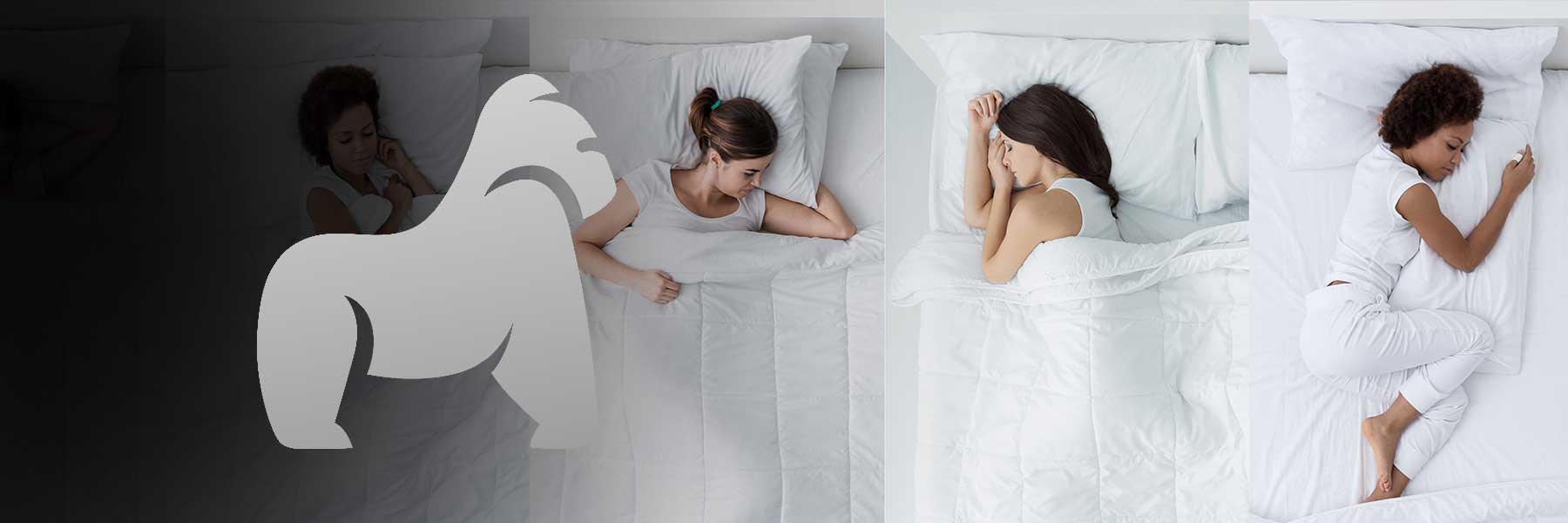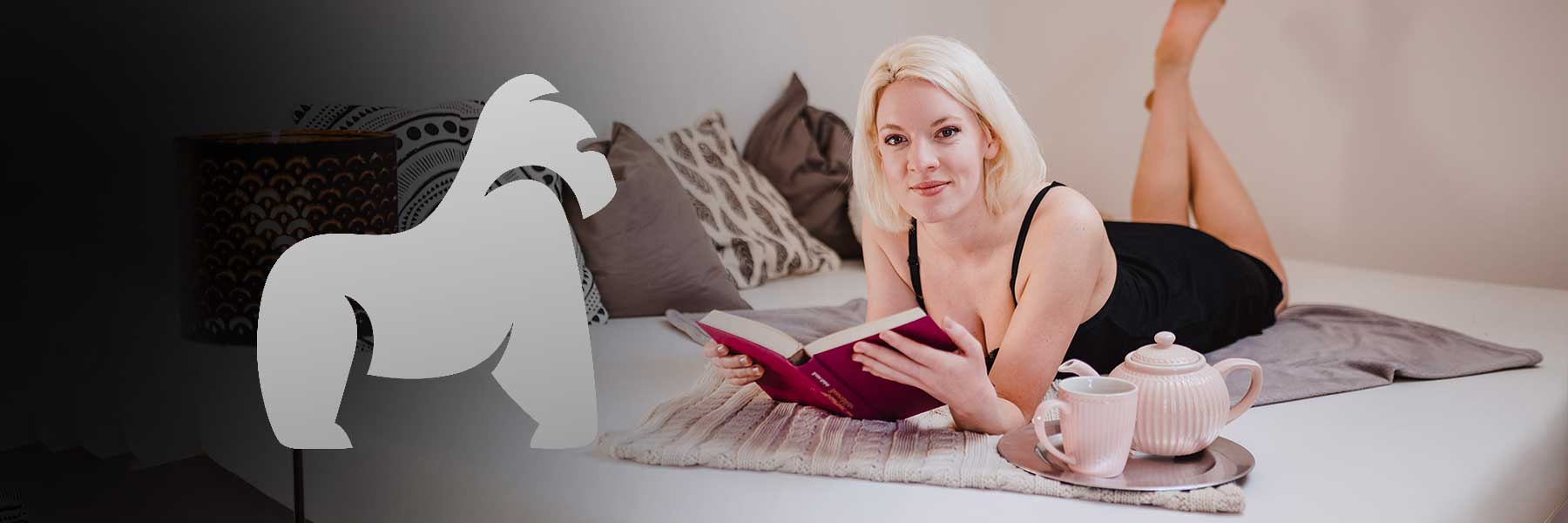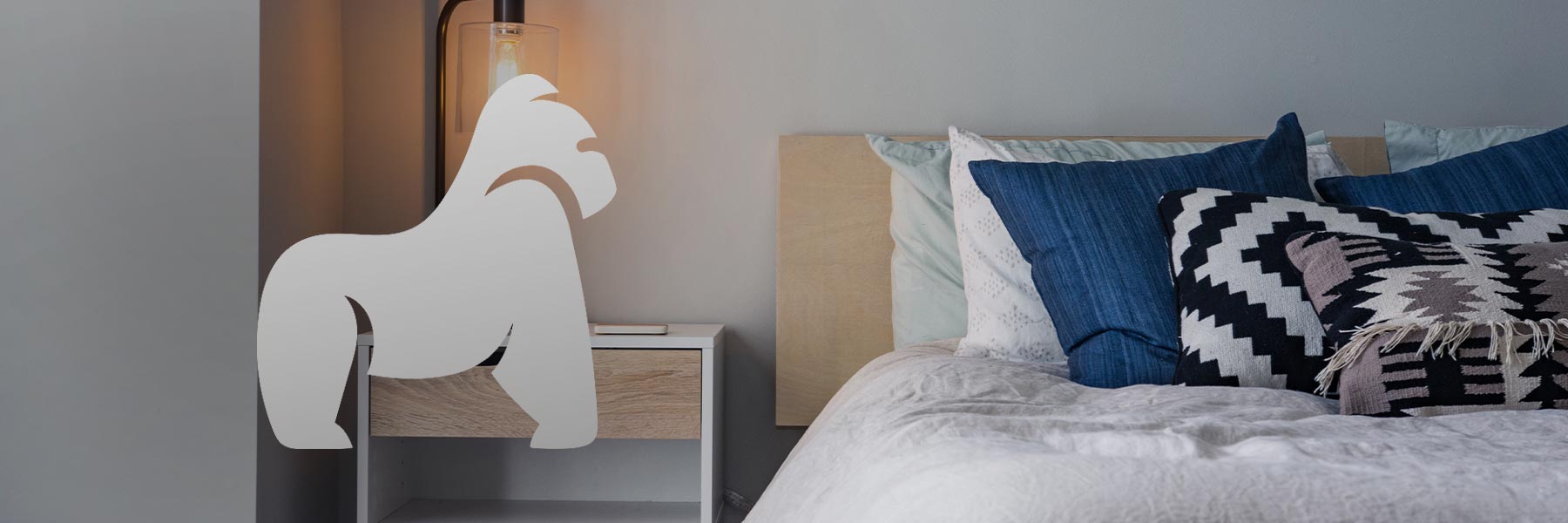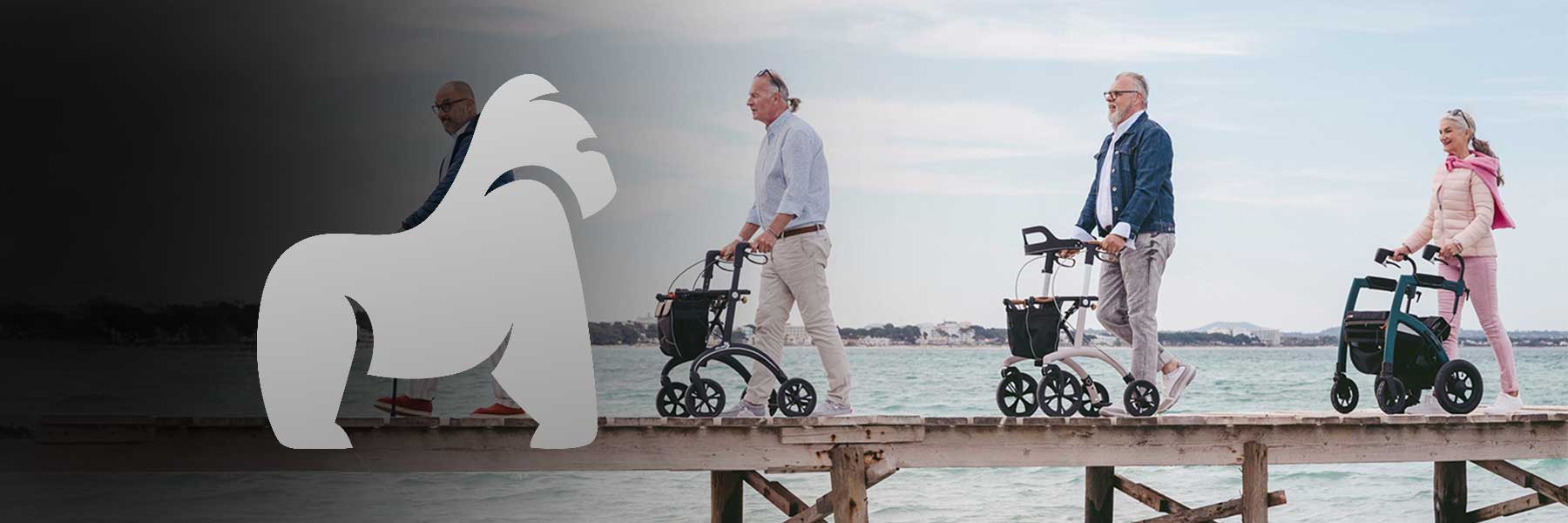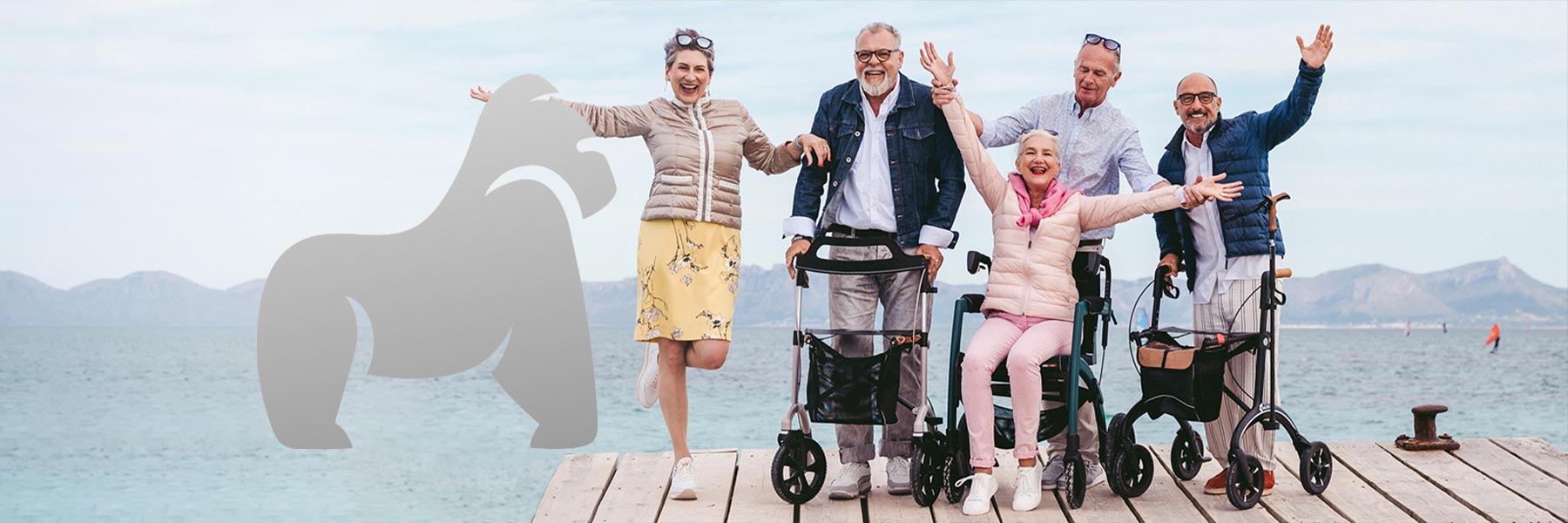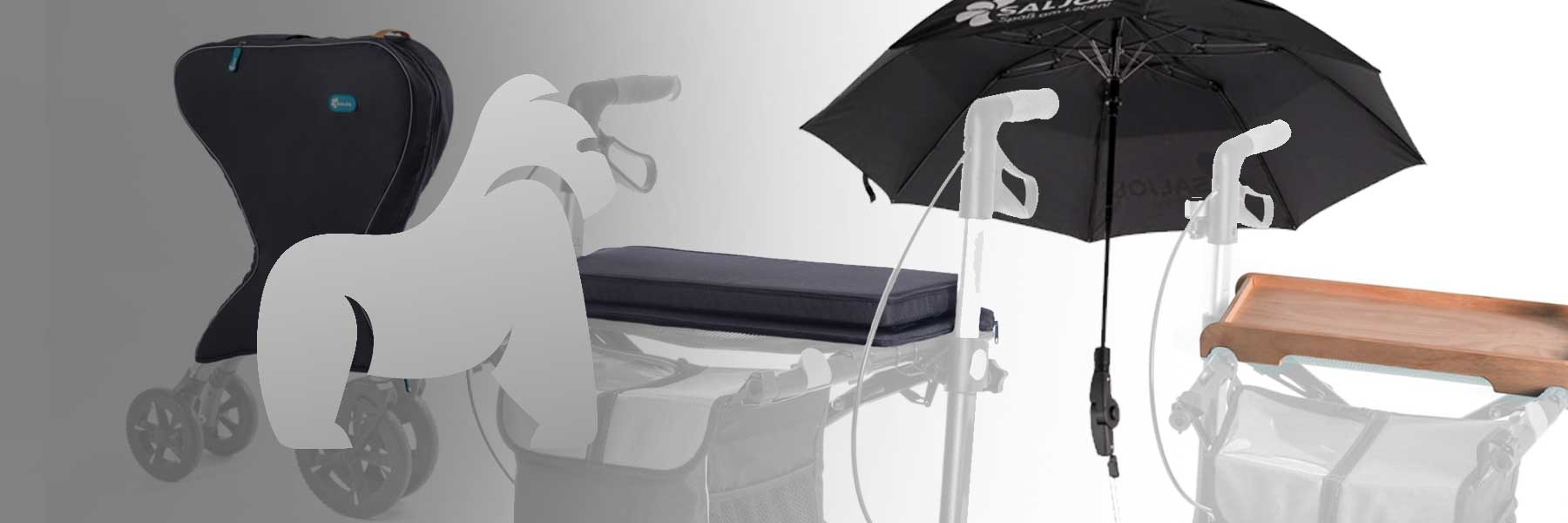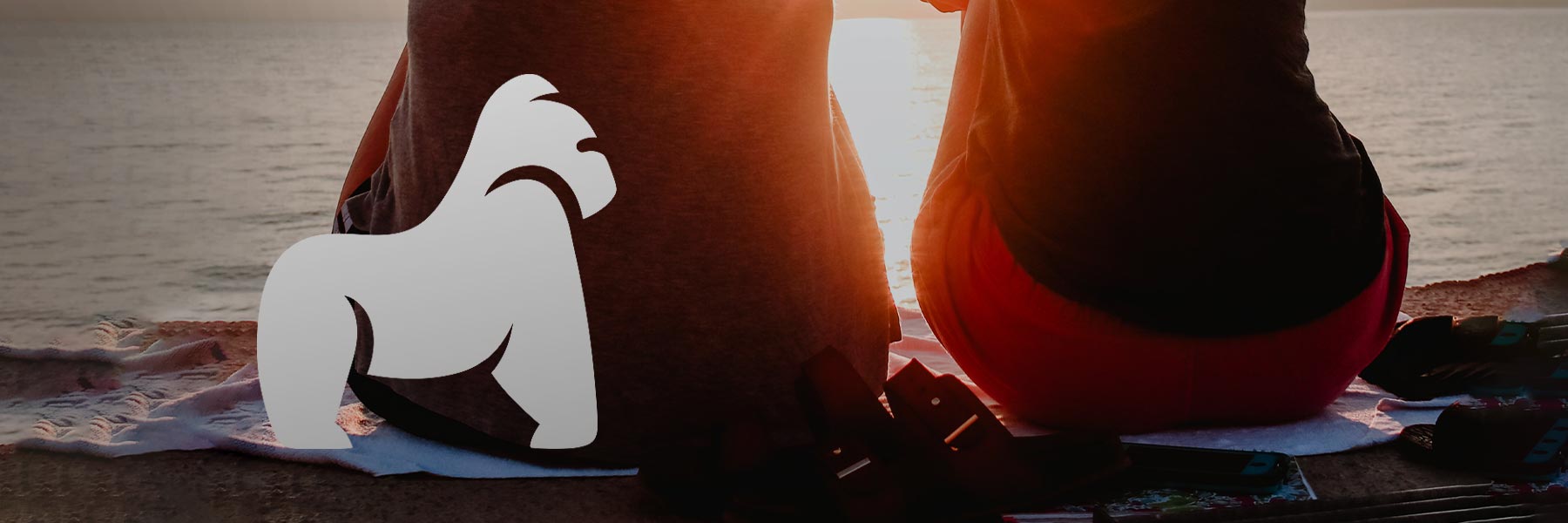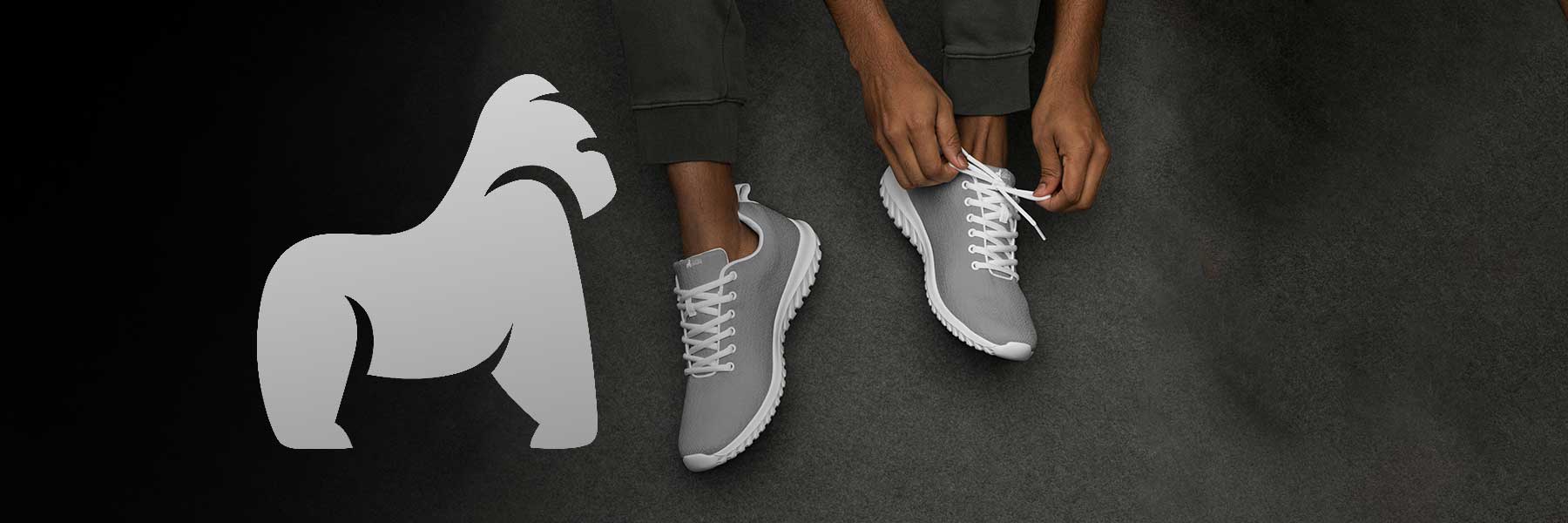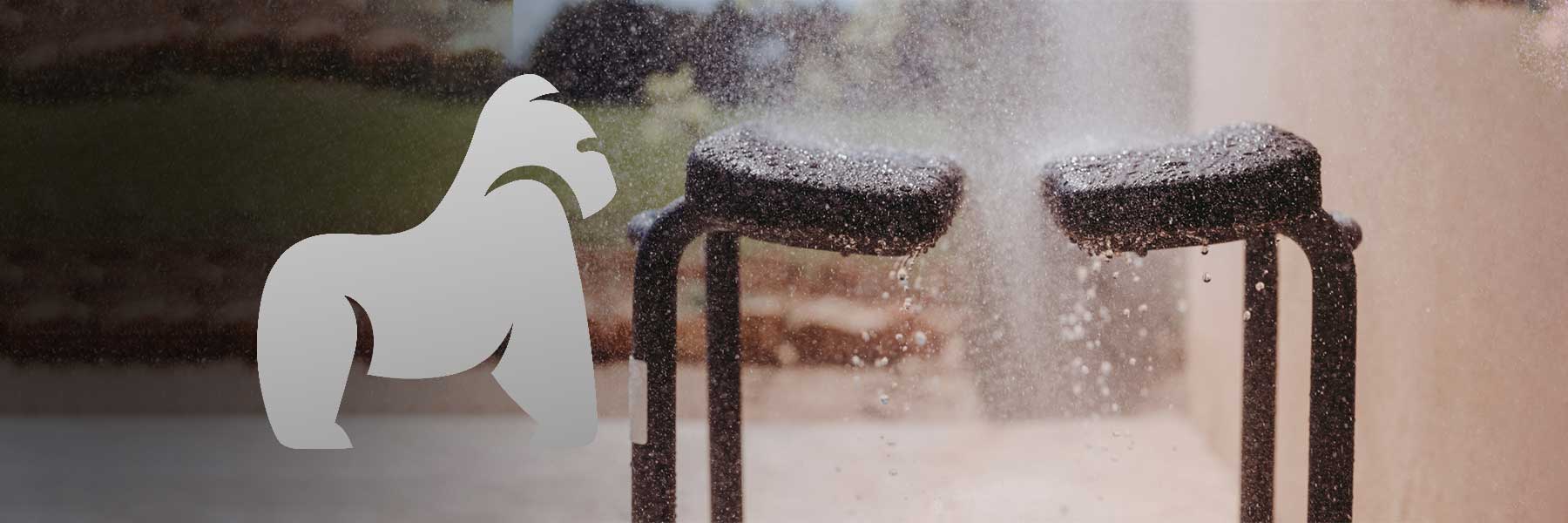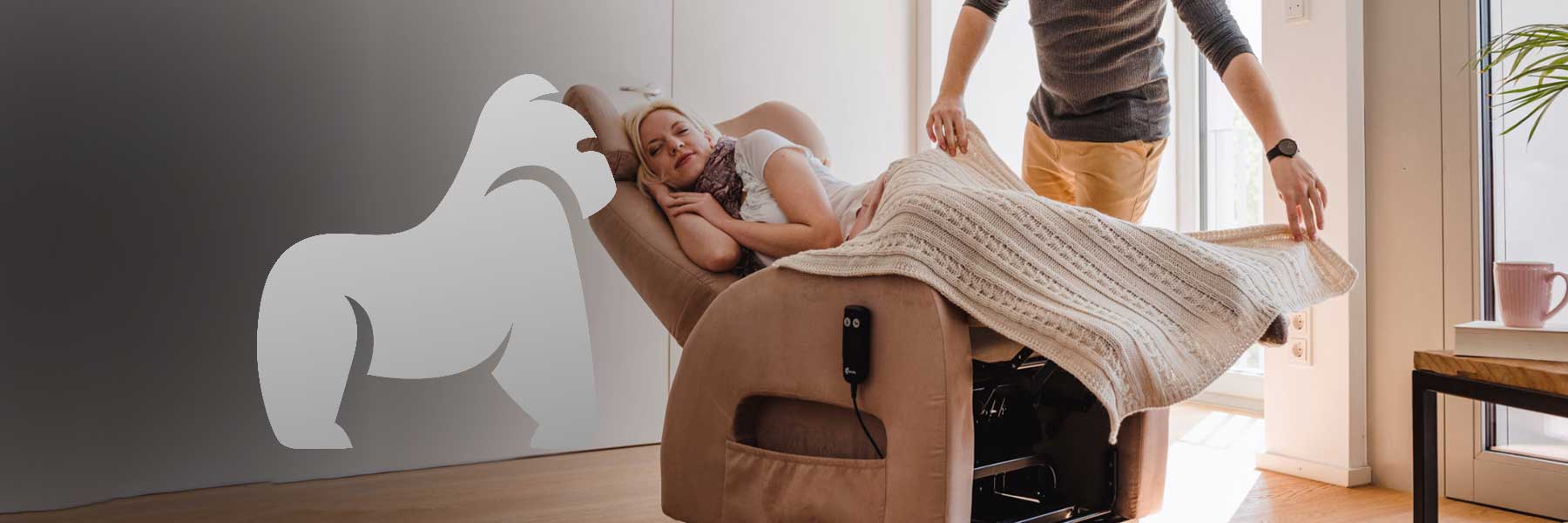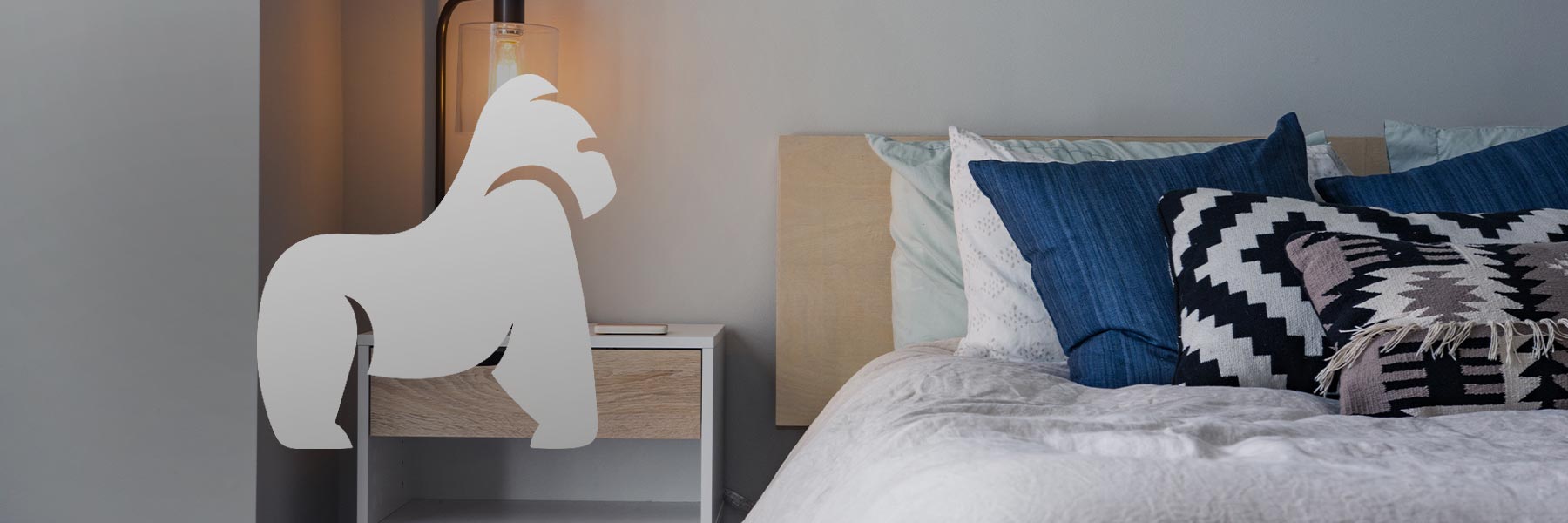
"With wheelchairs and Rollator Walkers, you basically have to deal with two fundamental properties of tires: suspension and rolling resistance. The two are inversely proportional. That means, the harder the tire, the lower the rolling friction and the easier it is to push the wheelchair. However, it also applies: the harder the tire, the lower the suspension and comfort for the rider. Therefore, hard and soft tires both have advantages and disadvantages. Air tires offer the solution here."
Rollator Walkers with hard or soft tires
Older Rollator Walkers have solid rubber tires. With such tires, the Rollator Walker is easy to push but causes strong vibrations when walking. Especially outdoors, on uneven terrain, this does not feel very comfortable.
After that, Rollator Walkers with relatively soft solid rubber tires like PU (polyurethane) or EVA (ethylene vinyl acetate) came onto the market. These have better suspension. The material is easier to compress and therefore absorbs more vibrations. Jan Willem de Joode, however, differentiates: "These soft synthetic rubber tires offer more comfort but also higher rolling resistance. PU tires are therefore harder to push." Soft synthetic rubber tires are thus also not the optimal solution.
Rollator Walker with air tires
"Air tires are more elastic than PU tires with comparable hardness. Due to this excellent suspension, these Rollator Walkers vibrate only minimally. Firmly inflated air tires combine this with low rolling resistance. Since the tire slightly rebounds, rolling friction is improved. How easily a tire deforms and rebounds determines how much or how little push energy is lost during deformation. Air tires reduce vibrations and offer low rolling resistance."
Less technically put: The big advantage of air tires compared to solid rubber tires is that the Rollator Walker hardly vibrates at all. This makes riding very comfortable and pushing requires little effort.
If you like to use your Rollator Walker on rough terrain, pneumatic tires are the best choice. They consume less energy, even when you are on forest paths, bumpy roads, or strolling in old towns. The wide "sidewall" of the tire absorbs shocks.
Especially in combination with extra-large rear tires like the Rollator Walker Motion Performance, it is also easier to go over sidewalks and thresholds. Pneumatic tires offer the best suspension and can be comfortably pushed over uneven terrain with much less vibration.
Who is a Rollator Walker with pneumatic tires for?
- For anyone looking for a shock-free and low-vibration Rollator Walker, for example due to back problems such as a hernia.
- For people seeking relief for sensitive hands, wrists, neck, or shoulders
- People with osteoarthritis or painful joints
- People who no longer have much energy and are looking for a Rollator Walker that is easier to push
- For people who like to walk on uneven terrain or live in an environment with bumpy roads
Tips for using the Rollator Walker Motion Performance with pneumatic tires
- Regularly pump up the tires to keep the pressure constant. It is advisable to always carry the supplied pump with you. The pump fits next to the footrests in the bag of the wheelchair packaging, so it is invisible but always within reach.
- Basically, we recommend a maximum pressure of 2.5 bar on the larger rear tires and a higher pressure of up to 4.5 bar on the smaller front tires.
- If you feel too little suspension and comfort and/or pushing requires too much effort, the tires are too soft.
- If you frequently use the Rollator Walker Motion Performance as a wheelchair, especially inflate the small front tires more often. This is the same as regularly carrying someone on the back of your bicycle. Then you also need to pump the tires more often. By maintaining the correct tire pressure, you prevent having to walk or push harder.
- By slightly varying the tire pressure, you can adjust the riding comfort to your personal needs.
- The synthetic rubber of the tires is very thick, much thicker than a bicycle tire. The tread provides additional grip when walking. These tires are so thick that the tube is less likely to be punctured. If this does happen, it can be easily repaired at a bicycle workshop.
- After a flight, the tires may need to be inflated. Make sure you have the pump with you when you fly.





